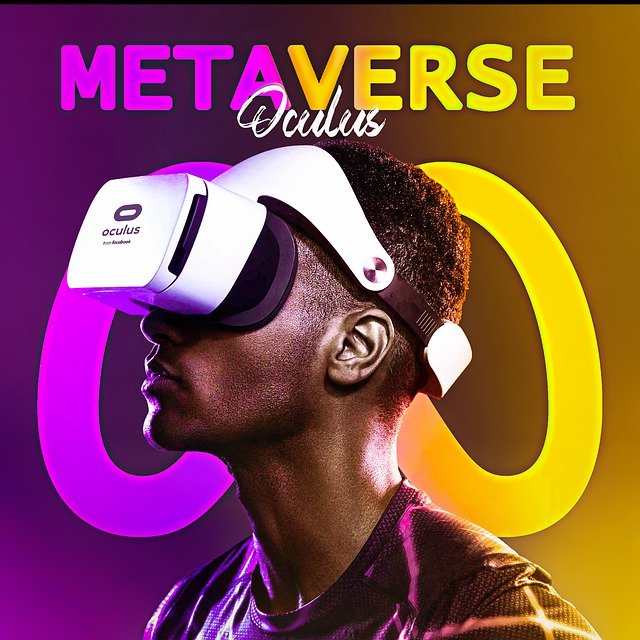One of the more famous scenes in recent video-game history can be found at the beginning of Nintendo’s The Legend of Zelda: Breath of the Wild, from 2017. The player’s avatar, Link, starts on a plateau high above the land of Hyrule. It’s a test zone in which to familiarize oneself with the mechanics of the game. But a paraglider tool, obtained at the end of the introduction, makes it possible to leave the plateau behind and enter the rest of the environment. After exiting a cavern, Link stands at the lip of a cliff, and the camera pans out to survey the vast landscape, a patchwork of forests, rolling hills, seas of fog, and darkened mountains. Like Simba in “The Lion King,” the player gets the sense that everything the light touches is her kingdom, a sprawling natural world explorable from end to end.
Five years later, it’s clear that Breath of the Wild offered a stellar example of the genre of open-world video games, in which freewheeling discovery is just as important as character upgrades or climactic battles. In traditional role-playing games, progress most often resembles a train track, leading with minimal variation from one activity to the next, with the ultimate goal of completing a story line—whether finding an abducted princess or recovering a lost kingdom. In an open-world game like Breath of the Wild, by contrast, you might choose to spend your time simply navigating to tiny islands or feeding apples to dogs, and leave the game happily unfinished. In the years since Breath of the Wild’s release, many other big-budget games have attempted to follow the same template, including, most recently, Pokémon Legends: Arceus, the latest iteration of another famous Nintendo franchise.
Collecting little Pokémon creatures while wandering the digital wild was always supposed to feel like an adventure. Over its two decades of existence, however, the series became rote and predictable: each subsequent game added a few new features and repeated the same tropes. In Arceus, the emphasis on open-ended exploration restores a sense of surprise. Its premise is similar to those of previous iterations. The player’s avatar embarks on a quest to find every Pokémon, under the direction of a quirky professor and with the help of a single “partner” Pokémon early on. But in this version the quest is set back in time, in a land called Hisui. The visual vocabulary is drawn from historical Japan, with wooden architecture and traditional kimono clothing. (Everything is lo-fi, down to the “Pokédex,” the player’s field journal, which here is a sheaf of paper bound with rope.) The player appears in this land thanks to a rift in space-time, and once there she joins up with the Galaxy Expedition Team, a vaguely militarized force sent from elsewhere to survey Hisui.
The cartoonish plot is fitting for a game designed to be suitable for children, yet it features some darker imperialist undertones. In the course of the story, the player takes commands from various officials stationed at the headquarters of the Galaxy Team in the frontier town Jubilife Village, and becomes the peacekeeper and seeming civilizer of Hisui’s two indigenous tribes. The tribe members live in yurts and worship some of the land’s wild monsters as “nobles,” which the player must eventually quell without capturing. Hisui’s untapped land offers opportunity to the newcomers. “Folks come here to Hisui ’cause there’s no place for ’em back home,” one Jubilife Village denizen says. Meanwhile, the tribes grow to appreciate the Galaxy Team’s technological rationalism. In exploring Hisui, discovering new areas, and capturing more Pokémon, the player is responsible for spreading and reaffirming the group’s ideology. The game is ultimately about taming the open world.
In the new wave of open-world games, the player’s increased freedom often means freedom to engage in violence. The Grand Theft Auto series, from Rockstar Games, famously lets players do just about anything in its simulacra of American cities: steal cars, run over pedestrians, and solicit sex workers. In Assassin’s Creed, from Ubisoft, the player scales buildings and hops from roof to roof for the sake of committing murders that move the story along. The open-world element is intricately designed, evoking locales ranging from ancient Athens to the Viking-era British Isles, but these settings function less as core mechanics than as beautiful backdrops. Red Dead Redemption, another Rockstar Games creation, presents a Wild West in which the player can brew coffee as well as shoot outlaws. In Arceus, the pleasure is in the hunt. The earliest Pokémon games were more or less two-dimensional; random encounters simply popped up onscreen. In more recent releases, the wild Pokémon are sometimes seen wandering in front of the player, and in Arceus they become dynamic and fully integrated parts of the game world. A player can choose to avoid them entirely, to grab their attention, or to creep up behind them for a sneak attack.
A player’s mission in Arceus is similar to butterfly collecting. To rise in the Galaxy Team ranks, her avatar must capture multiple specimens of the same Pokémon, watch them evolve, and observe their moves in battle, then report back to the professor stationed at various wilderness camps. Rather than the usual repetitive grind of levelling up in role-playing games, Arceus is driven by serendipity. Catching a particular Pokémon might require scaling a cliff or crafting a smoke bomb. The game’s best narratives aren’t explained in dialogue but encountered by chance in the landscape. An enormous, power-boosted “alpha” Pokémon might be protecting its smaller children. Crouching in tall grass to observe the various species unnoticed, a player might feel as if she’s filming a nature documentary. I once played a game of hide-and-seek by chasing a floating Bronzor Pokémon around a quarry, trying to evade its line of sight.
Video-game story lines are often not particularly satisfying, and in that area the Pokémon series makes little improvement. Arceus actually has three separate, successive endings, which involve closing the rift in space-time and battling a Pokémon god that the tribes worship. Even “catching ’em all” doesn’t wholly end the game, however; a player can simply continue exploring Hisui. The company behind another open-world game, Dying Light 2, recently caused a mini-tempest on Twitter when the game’s official account bragged that the game would take five hundred hours to “fully complete.” Could any video game possibly merit such investment from players? (Reading all three-thousand-plus pages of “In Search of Lost Time,” by contrast, might take about a hundred hours.) But the boast speaks to what many players are seeking from this new generation of video games: total immersion in a virtual environment that feels as inexhaustible as the real one.
Another corporate entity that would love users to spend five hundred hours exploring a digital realm is Meta, the parent company of Facebook, which has lately positioned itself as a driving force behind the so-called metaverse. Proponents of the metaverse promise that virtual reality can be just as compelling as the physical world, and that we will eventually experience many facets of our lives—hanging out with friends, attending live events, going to work meetings—by peering through goggles and entering immersive digital spaces. Yet the vision that Meta has put forth so far feels strangely closed off, populated by a preset palette of Zuckerbergian avatars and dull corporate boardrooms. For a version of digital space that feels genuinely inviting, games such as Arceus might offer a better model: an open-ended path that lets the player decide exactly where she wants to go.



